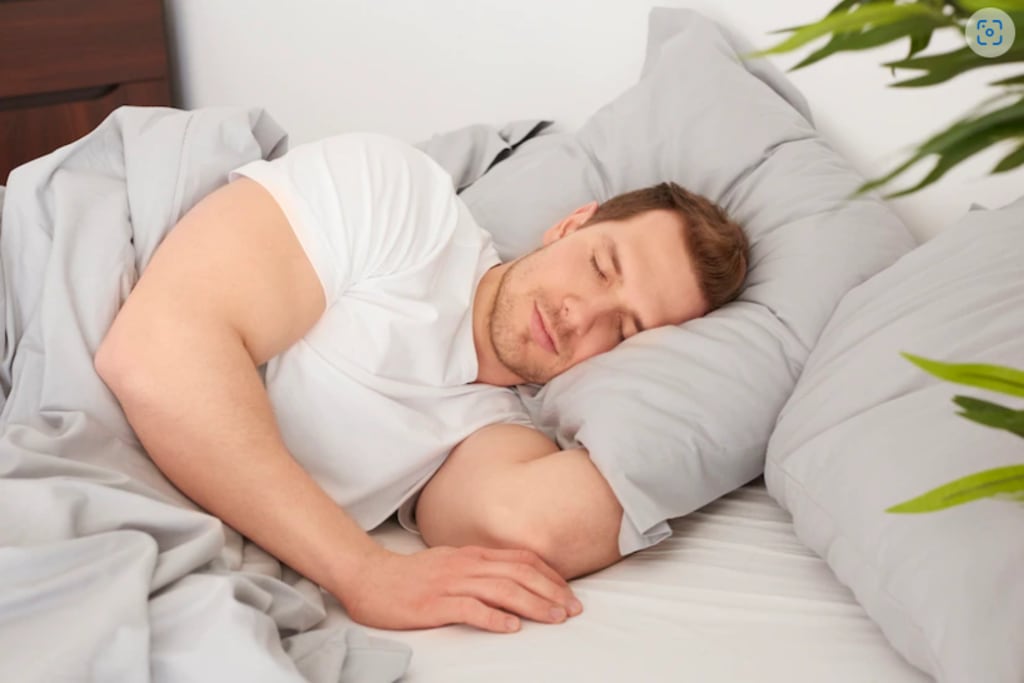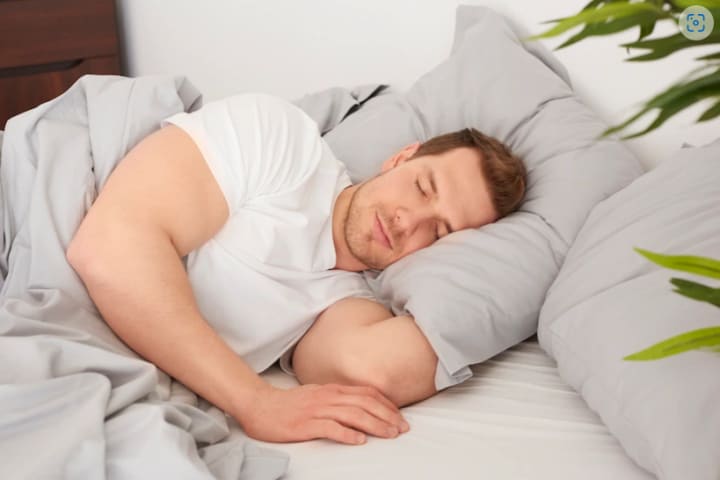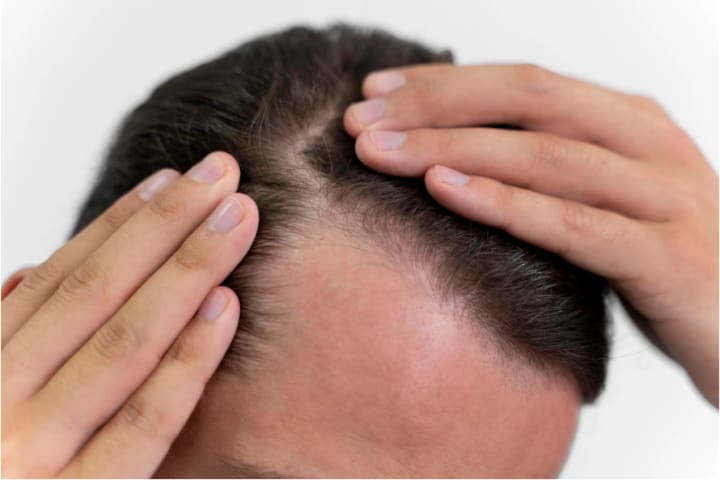My Hair Loss Nightmare and How I Found a Solution
By Craig Smith

I have always loved my hair. It was thick, shiny, and curly, and I enjoyed styling it in different ways. I felt confident and beautiful with my hair, and I received many compliments from friends and family.
But everything changed when I had to undergo surgery for a serious medical condition. The surgery was successful, but it left me with a lot of stress and trauma. I was grateful to be alive, but I also had to deal with the pain, the recovery, and the emotional toll of the whole ordeal.

A few months after the surgery, I noticed that my hair was falling out more than usual. Every time I brushed or washed my hair, I saw clumps of hair in the sink or on the floor. I was horrified and panicked. I thought that maybe it was a side effect of the anesthesia, the medication that put me to sleep during the operation.
I did some research online and learned that anesthesia may not directly cause hair loss, but it may trigger a condition called telogen effluvium, which is a temporary form of hair loss caused by stress or trauma to the body. Telogen effluvium occurs when a large number of hair follicles enter the resting phase of the hair cycle prematurely and eventually fall out. The hair loss usually occurs two to four months after the stressful event and can last for six to nine months.
I was relieved to know that my hair loss was not permanent, but I was still devastated by how it affected my appearance and self-esteem. I felt insecure and depressed. I tried to hide my hair loss by wearing hats, scarves, or wigs, but I still felt uncomfortable and unhappy. I wanted to find a way to restore my hair growth and confidence.

I tried various products and treatments that claimed to help with hair loss, such as shampoos, conditioners, supplements, oils, serums, injections, and pills. Some of them were expensive, some of them were ineffective, and some of them had unpleasant side effects. None of them gave me the results I wanted.
I was about to give up hope when I stumbled upon an article about red light therapy for hair growth. Red light therapy is a treatment that uses low-intensity red or near-infrared light to stimulate cellular processes in the body. Red light therapy can help with hair growth by increasing blood flow to the scalp, stimulating energy production in the hair follicles, activating stem cells that promote new hair growth, prolonging the growth phase of the hair cycle, and reducing inflammation and oxidative stress in the scalp.
The article said that red light therapy is safe, painless, non-invasive, and does not cause any heat or damage to the skin or hair. It also said that red light therapy can be done at home using a device such as a red light therapy cap, which is a wearable device that emits red or near-infrared light to the scalp. Red light therapy caps are easy to use, portable, and affordable compared to other hair loss treatments.
To introduce the pros and cons of red light therapy, the article also cited several studies that proved the efficacy of red light therapy for hair growth in both men and women with different types of hair loss. One of them was a 2014 study that involved 41 males and 20 females with androgenetic alopecia who used a red light therapy cap for 24 weeks. The results showed that they had a significant increase in hair density and hair thickness compared to the placebo group.
I was intrigued by this article and decided to give red light therapy a try. I ordered a red light therapy cap online and started using it according to the instructions. I wore it for 20 minutes every other day for three months.
To my surprise and delight, I noticed that my hair started growing back thicker and fuller than before. My scalp looked healthier and less visible. My hair felt softer and smoother. My friends and family noticed the difference too and complimented me on my new look.
I was overjoyed by the results of red light therapy. It not only restored my hair growth but also my confidence and happiness. I felt like myself again. I stopped wearing hats, scarves, or wigs and started flaunting my natural hair with pride.

Red light therapy changed my life for the better. It helped me overcome my hair loss nightmare and find a solution that worked for me. If you are suffering from hair loss after surgery or any other reason, you may want to consider red light therapy as an option. It may be the answer you are looking for.
Have you ever experienced hair loss after surgery or any other reason? Have you ever tried red light therapy for hair growth? What were your results? Share your story with me in the comments below!
About the Creator
Health First
Let's get healthy! And things will change someday.






Comments
There are no comments for this story
Be the first to respond and start the conversation.